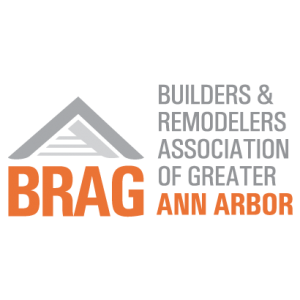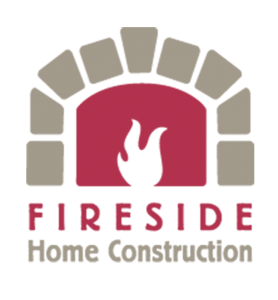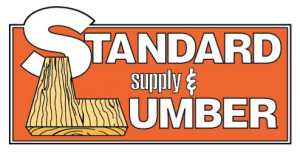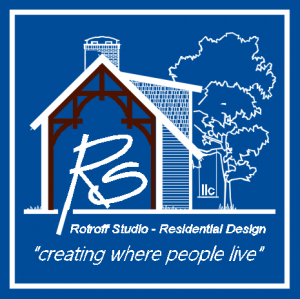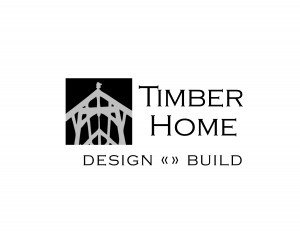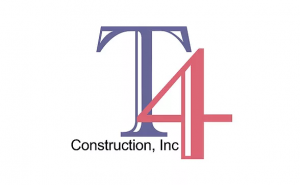What is System Building?
By Stewart Elliott, Co-founder Right Home Company
Construction of a building is complex and requires many parts and people. We don’t think about how something works until it doesn’t work.
The building industry is slowly going through major changes caused by many socio-economic factors, including an aging population, retiring construction workers who are not being replaced, a population who does not want to work outside in often uncomfortable conditions, working with our hands is becoming a novelty (construction is not a keyboard), costs of site labor are increasing dramatically, cost of LTL (less than load) site delivered materials is more expensive than to deliver a full load of materials to a factory or jobsite. Our local and national political policies and economy add to the costs and complexity. Perhaps the single most costly impact is the growing number of disasters (fires, hurricanes, tornadoes, floods) which require huge building resources in the re-building of these communities; presently ~1,000,000 homes must be replaced which is 1-1/2 times the normal annual single family homes built.
The site built home is a 2000 year old system that needs to be seriously updated to meet the many contemporary obstacles. Today’s technology offers multiple solutions that will save time and money, while increasing performance. System building is a common sense logical solution.
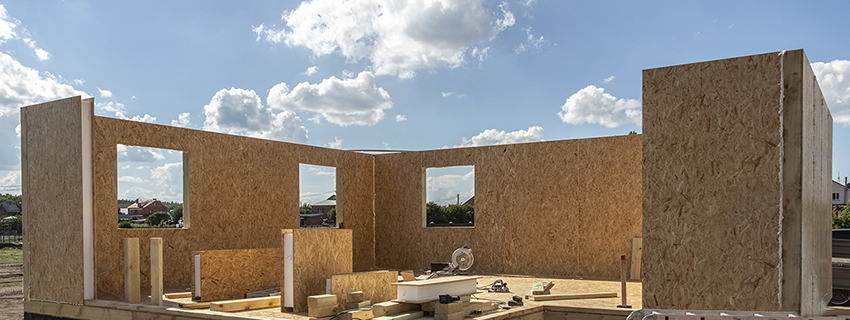
System building is a method of building in which prefabricated components are used to improve the construction of buildings. Prefabrication means that smaller parts are assembled in a shop or factory or plant into larger parts such as roof trusses, kitchen cabinets, wall assemblies, and Structural Insulating Panels (SIPs) which are integrated into the final home. These components are all ‘done according to the plans’ which are the common document between owner, builder, and supplier.
We all remember Sears and Roebuck for their 3 pound 1,700 page catalog. Through this antique internet, they and eventually 20 other suppliers, created the ‘kit’ home in early 1900s and successfully delivered about 1,000,000 homes until the end of WWII when the ‘development’ (Levittown and others) offered vets a better kit home; a $7,000 move in ready home. Levittown alone at more than 12 houses per day ~17,500 total in 4 yrs. - the tract house was here to stay.

